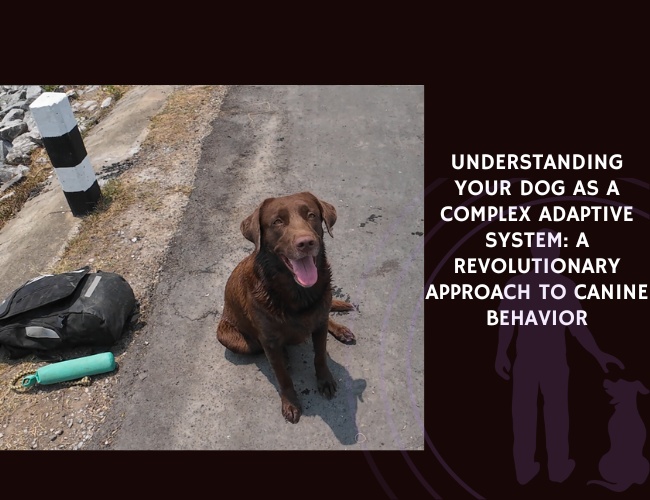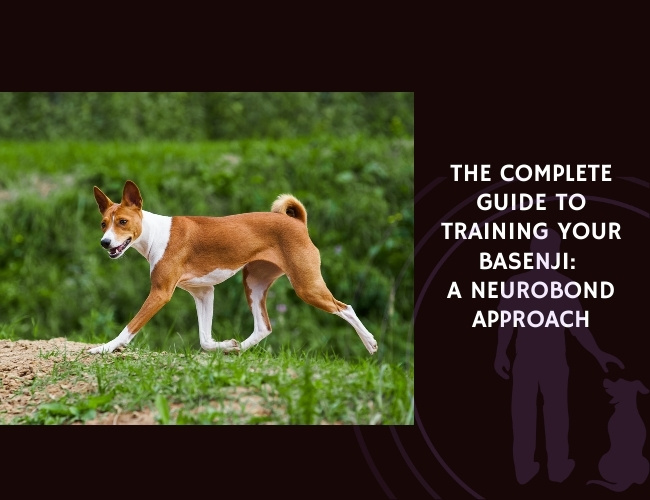Aija Koskela and colleagues (2024) investigated how behavioral and physiological synchrony underpins the emotional closeness between dogs and their owners. The pseudorandomized cross-over study included 29 dogs of cooperative breeds and their human partners, measuring heart rate variability (HRV) and activity across resting and interaction tasks such as stroking, training, sniffing, and playing.
The results showed that while overall HRV and activity correlated between dogs and owners, task-specific synchrony varied. HRV co-modulation emerged most clearly during free-behaving baselines, whereas activity synchrony was strongest during structured interaction tasks like stroking and playing. Importantly, dog HRV was the only predictor of owner HRV, suggesting that canine physiology strongly influences the shared emotional state of the dyad.
Other factors shaping co-modulation included dog size, length of ownership, owner temperament, and relationship quality. These findings underscore that not only shared activities, but also long-term relational characteristics, influence how physiological states align between humans and dogs.
The study concludes that dogs and owners demonstrate a level of emotional and physiological connection comparable to attachment bonds between humans, advancing our understanding of the biological basis of the dog–human relationship. Such synchrony provides fresh insight into how everyday interactions foster trust, comfort, and emotional attunement in this interspecies bond.
Source: Koskela, A., Törnqvist, H., Somppi, S., Tiira, K., Kykyri, V.-L., Hänninen, L., Kujala, J., Nagasawa, M., Kikusui, T., & Kujala, M. V. (2024). Behavioral and emotional co-modulation during dog–owner interaction measured by heart rate variability and activity. Journal: Scientific Reports, Volume 14. Publication Date: 2024-10-24. Authors: Aija Koskela et al. References: 67. Citations: 1.










